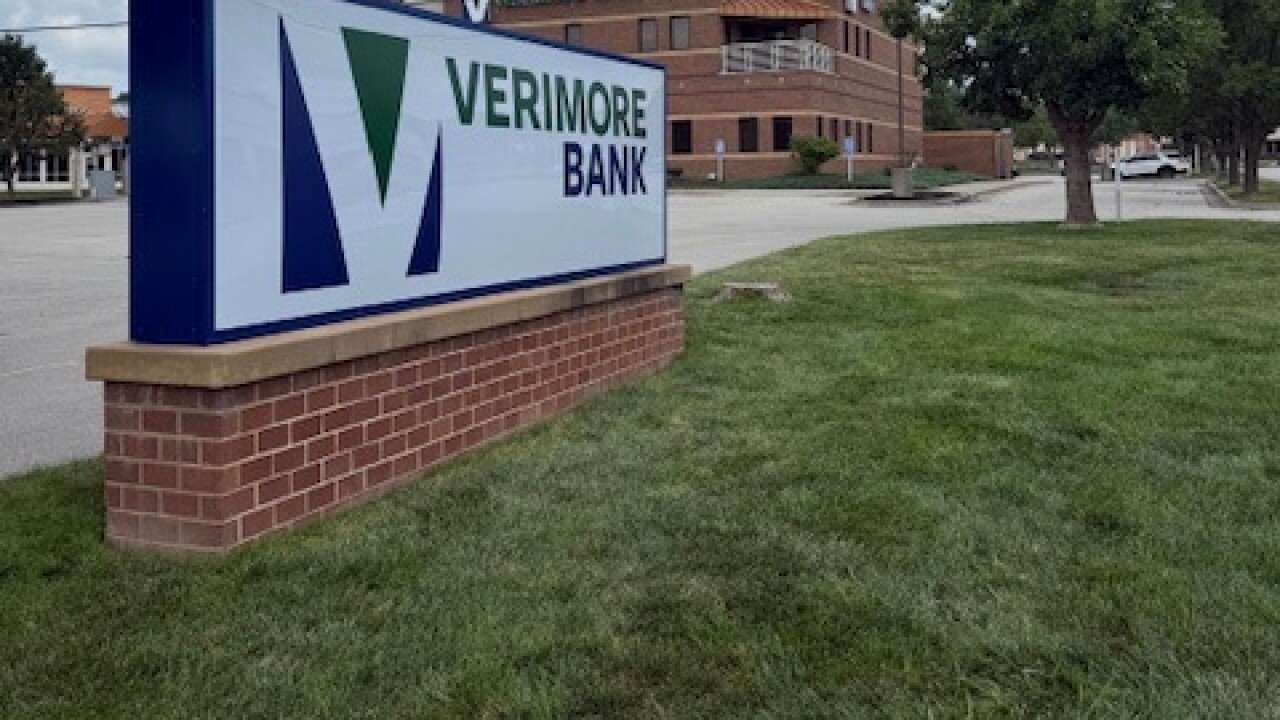North Carolina's State Employee Credit Union is embracing a form of payment card technology that practically no one in the U.S. is using, has a large share of detractors and faces a potential multi-billion dollar merchant terminal migration to make it useful in the States.
But don't tell SECU there's no future for EMV chip and PIN payments in the domestic market.
"We're definitely an early adopter," says Leanne Phelps, an svp of the 1.7 million-member credit union, which just added EMV chip technology to its debit card portfolio, with a migration to new cards expected to be completed by the end of the year. "But in all of our travels and listening to people at meetings, there's a lot of talk about EMV in the U.S. We're positioning ourselves to be ready."
The cards will be dual MAG stripe and EMV chip, and will make SECU part of a small group of EMV adopters in the U.S.-including the United Nations Credit Union and tech firms such as Gemalto and Travelex (which was recently acquired by MasterCard). The tech firms offer EMV chip-enabled cards for U.S.-based travelers to Europe and Asia, where EMV chips are widely used-there are more than a billion chip cards in circulation worldwide.
Despite the extra security, there's been almost no use of the cards in the U.S.-no major issuer offers them. There are a number of reasons for the lack of movement in the U.S., such as cost-Javelin estimates a merchant migration could cost as much as $12 billion-and politics-a recent Visa merchant incentive to adopt EMV intentionally omitted U.S. merchants, citing uncertainty over card regulations posed by the Durban Amendment.
And while EMV cards are safer, Zilvanas Bareisis, a senior analyst for Celent, says EMV fraud reduction improvement isn't currently adequate in the eyes of many U.S. merchants and institutions to overcome the cost of migration.
Julie Conroy McNelley, a senior analyst at Aite, says Federal Reserve guidance on new financial regulations that peg the level of a merchant's fraud liability to its point-of-sale card security posture could spur merchant migration to EMV. "There's also a move by global merchants to push chip and PIN in their own right, it's easier to have one tech around the globe," she says.
Phelps admits that most of SECU's early use will likely be overseas travelers-the credit union has a number of military members. But it's firmly of the same mind as Wal-Mart and the Atlanta Fed in viewing U.S. chip and PIN payments as necessary and inevitable. "The U.S. will find itself between Canada, Mexico and the rest of the industrialized world," she says.
Brian Riley, senior research director of bank cards at TowerGroup, says there will likely be a move toward a chip-based model in the United States over the next decade that will leverage emerging technology such as one-time account numbers, electro-magnetic stripes and triple DES security.





